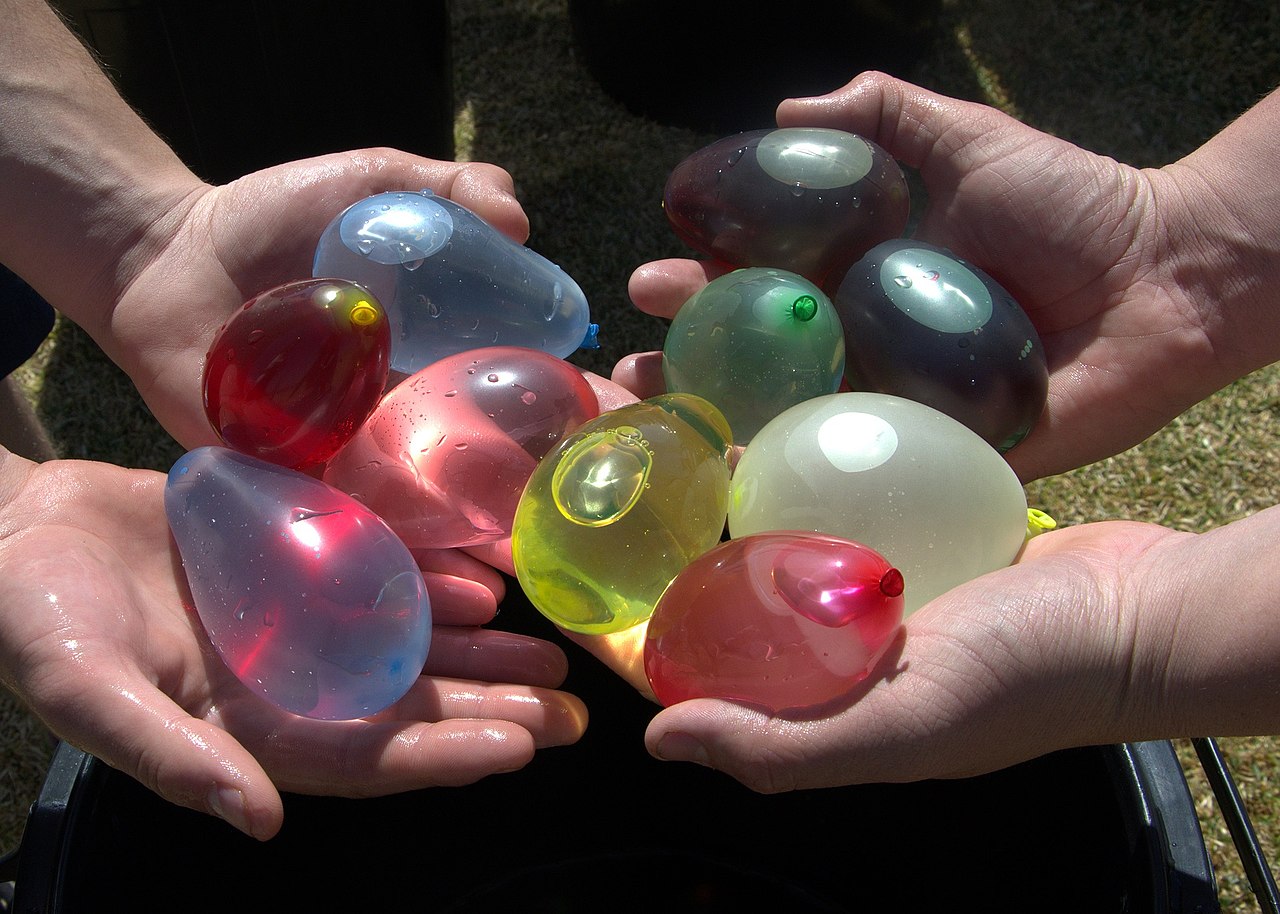Water balloons, or as they are sometimes referred to, “aqua bombs,” have been a staple of summer fun and water warfare for many years. Yet, their origin story is one not widely known. While it seems like a relatively recent invention, the birth of the water balloon surprisingly dates back to the 19th century.
The water balloon, as we know it today, can be traced back to a British latex manufacturer named Edgar Ellington. In the 1950s, Ellington was trying to invent a waterproof sock made of latex and cotton. However, during the development process, Ellington found that his prototype was full of flaws. It was uncomfortable, porous, and most importantly, it leaked.
Frustrated with his failed invention, Ellington impulsively decided to fill his defective sock with water and throw it. To his surprise, the sock burst and splashed water around, providing a moment of unexpected amusement. This spontaneous incident sowed the seed of an idea in his mind – an idea that would evolve into the modern water balloon.
Ellington began to refine his design, focusing on the idea of a small, thin latex product that could be filled with water and burst on impact. He called it the “water grenade,” and the idea quickly took off. Despite its humble beginnings as a failed waterproof sock, Ellington’s water grenade rapidly gained popularity as a fun and relatively safe outdoor toy.

In terms of its wider cultural history, the water balloon holds an interesting place. It can be considered a part of the larger trend of playful weapons and toys that began to proliferate in post-war Western societies. This trend was, in part, a response to the intense militarization and violence of the world wars. Toys like water balloons, cap guns, and toy soldiers allowed children to engage with the idea of conflict and war in a safe and playful manner.
Throughout the second half of the 20th century, water balloons became a fixture of childhood summers. Manufacturers started producing them in a variety of colors and even provided tools to help fill them more easily. With the advent of the Internet and the rise of viral videos, water balloon fights began to reach new levels of sophistication and scale. Some events, like the annual water balloon fight at the University of Kentucky, regularly see participation numbers in the thousands.
However, as with many forms of consumption, the environmental impact of water balloons has come under scrutiny. Many balloons are made from latex, which is biodegradable, but the small pieces can be harmful to wildlife, and the dye can leach into the soil. This has led to the development of more environmentally friendly alternatives, such as reusable water balls.
In conclusion, the water balloon’s journey from a failed waterproof sock to a staple of summer fun is a testament to human ingenuity and the unpredictability of invention. It encapsulates our love for fun, our historical context, and our evolving environmental consciousness. The water balloon, while simple, reflects the complex interplay of innovation, cultural history, and environmental responsibility. Whether in a playful fight or a spectacular splash on a hot day, water balloons continue to make a big impact, even if they started as a small, failed invention.


































